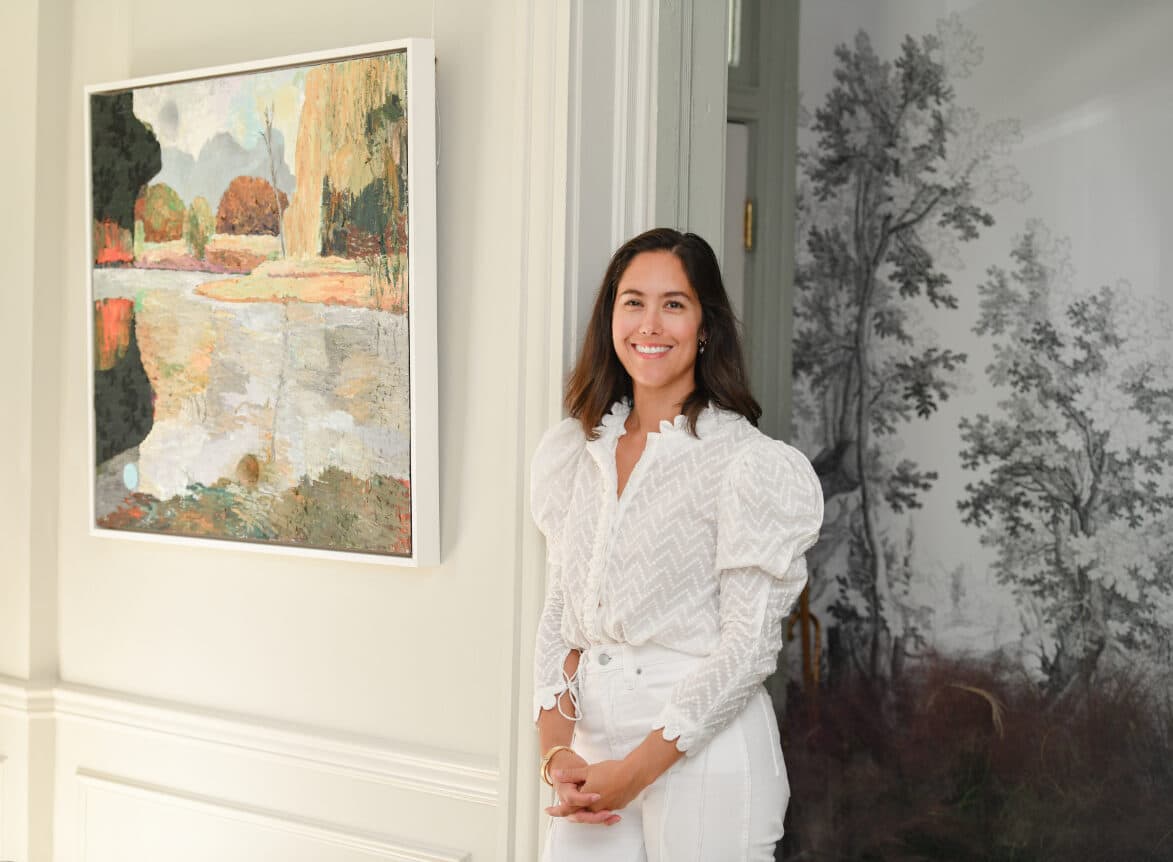
Artist Wayne Pate
Courtesy of Wayne PateIs it any wonder why the shelter community has embraced Wayne Pate as a kind of interior design darling? There’s the textural richness of his paintings: the impasto from Pate’s brushstrokes and the materiality of his media—acrylic thick on Arches, French writing paper, or linen. There’s the occasional whisper of a pattern—reminiscent of a Sister Parish spice—crawling up a wall in the background, the urn he’s been iterating on since the aughts, and the wide stripes. He works within a classical palette that makes itself quite at home in a room. He renders his still lives of ceramics and vases with such delicacy, I worry I might still knock them over if I lumber by his canvas with too heavy a footfall.
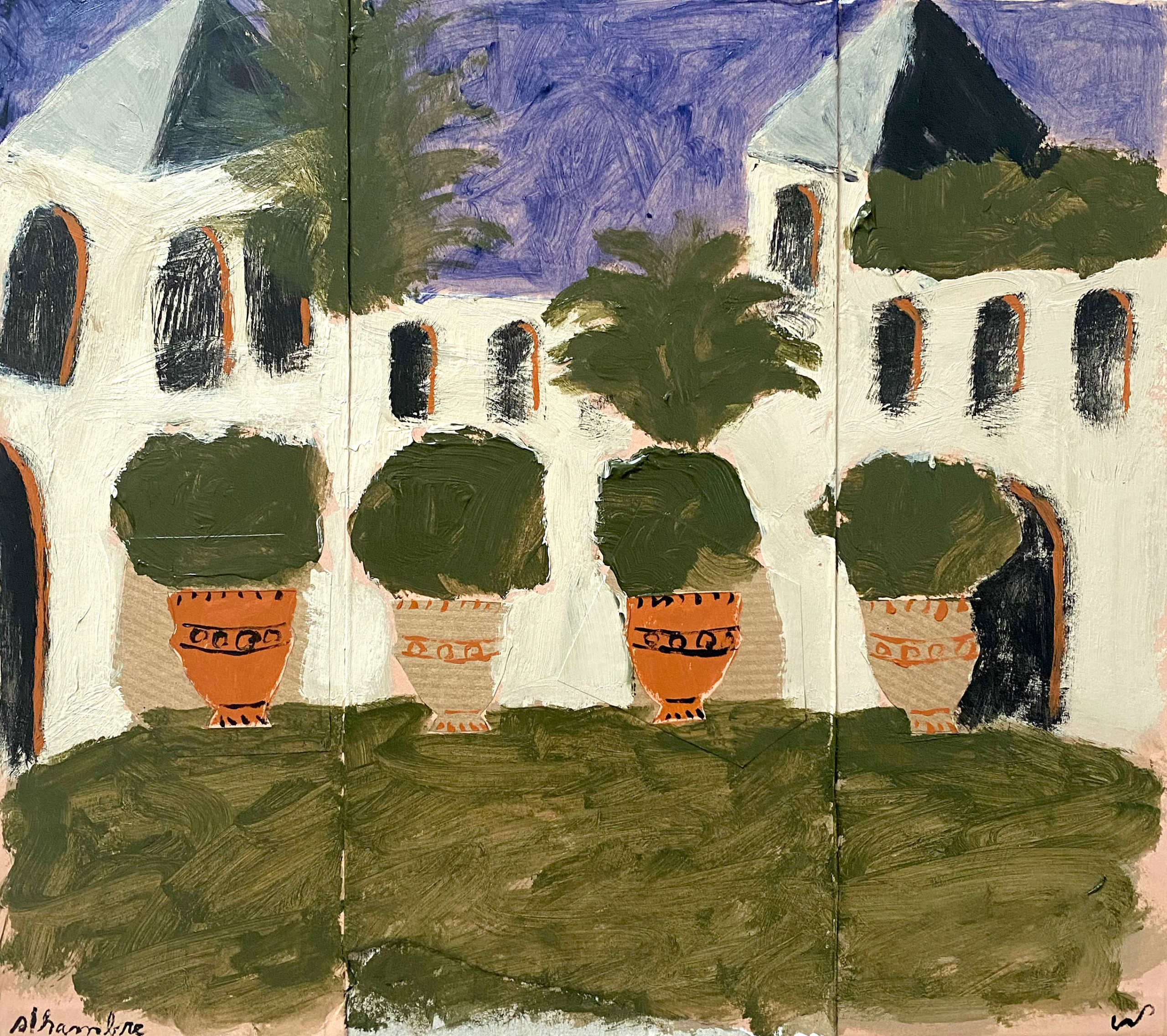
A Day At Alhambra No. II: Acrylic On Paper: 11.5” x 12.75”: 2021
Courtesy of Wayne PateThese days, you could even live in a Wayne Pate universe of your own making. Start with ceramic tiles of geometric vignettes made in collaboration with England’s Balineum. Consider a rattan cabinet via Atelier Vime in Provence; Pate’s green leaves embellish its surface in hammered copper. Cover every surface with his Studio Four NYC collection of wallpapers—replete with prints of seaweeds and new species of thistle seemingly hybridized in Pate’s studio.
A Wayne Pate painting unhooks a latch and reveals a window into the Western canon of art history. In his work, both painterly and illustrative, you might catch flickers of recognition: hints of round faces like Fernand Léger’s, the slight wobbliness of Giorgio Morandi, the shadowy thresholds of Giorgio de Chirico, the heavy brushstrokes of Milton Avery, the swirl of an Ionic column. It all comes from a deep well of knowledge Pate has developed over a lifetime spent in museums, and alchemizes when Pate lifts his paintbrush. “Since I was a child,” the artist tells me over Zoom from his current home in windy Wellington, New Zealand, “I’ve always been completely fascinated and mesmerized by museums. They fascinate me still to this day.”
-
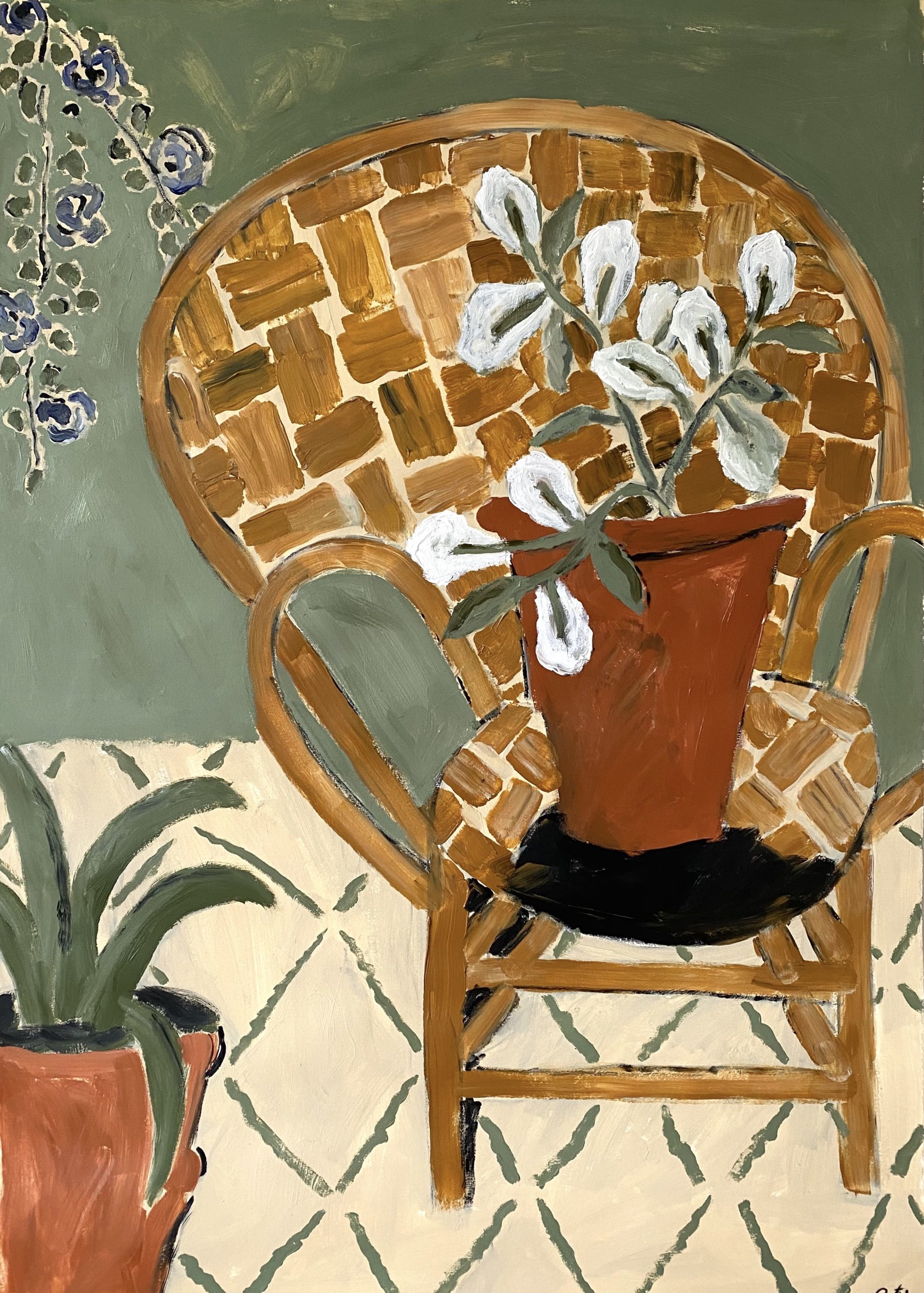
Baby Sage And Provence Chair: Acrylic On Paper: 30” x 40”: 2021
Courtesy of Wayne Pate -
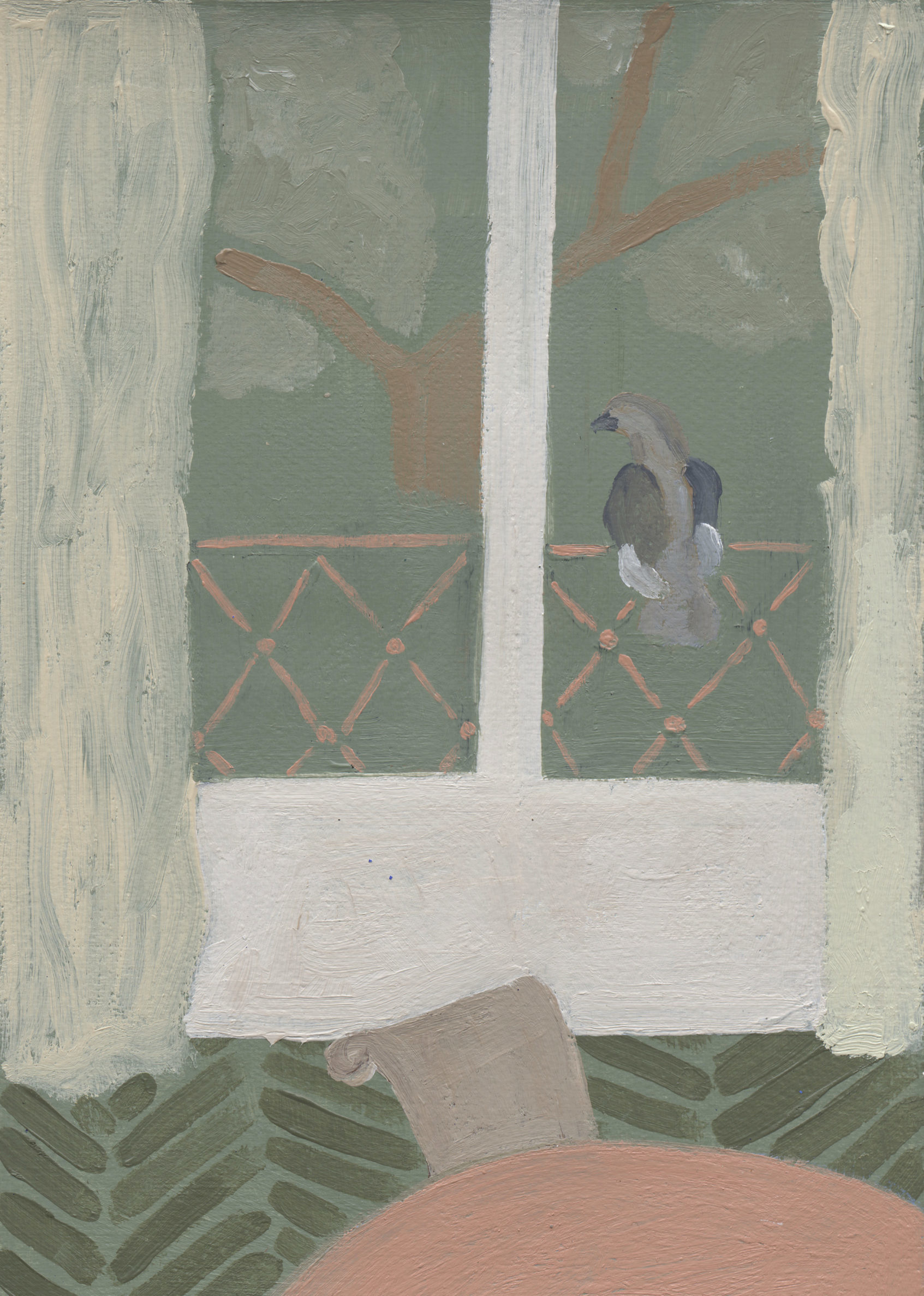
The Paris Dinning Room Window: Acrylic On Paper:11” x 14”: 2019
Courtesy of Wayne Pate
When Pate speaks, it’s with a Texan twang just barely perceptible, the breadcrumb that leads to his beginnings. “Growing up in Texas,” he says, “I just always had to use my imagination to escape to other places. That was always a strong presence. I could always transport myself to different places.” He credits that as the backdrop and partial catalyst for his artistic abilities. “I’ve always felt like there’s just such a big world out there, why be limited to what’s immediately in front of you?” His product mirrors the process: Immersed in the atmosphere of a Wayne Pate painting, you could sit all day at a garden table in Rome and drink as many espressos as you’d like without ever feeling impending doom from all the caffeine.
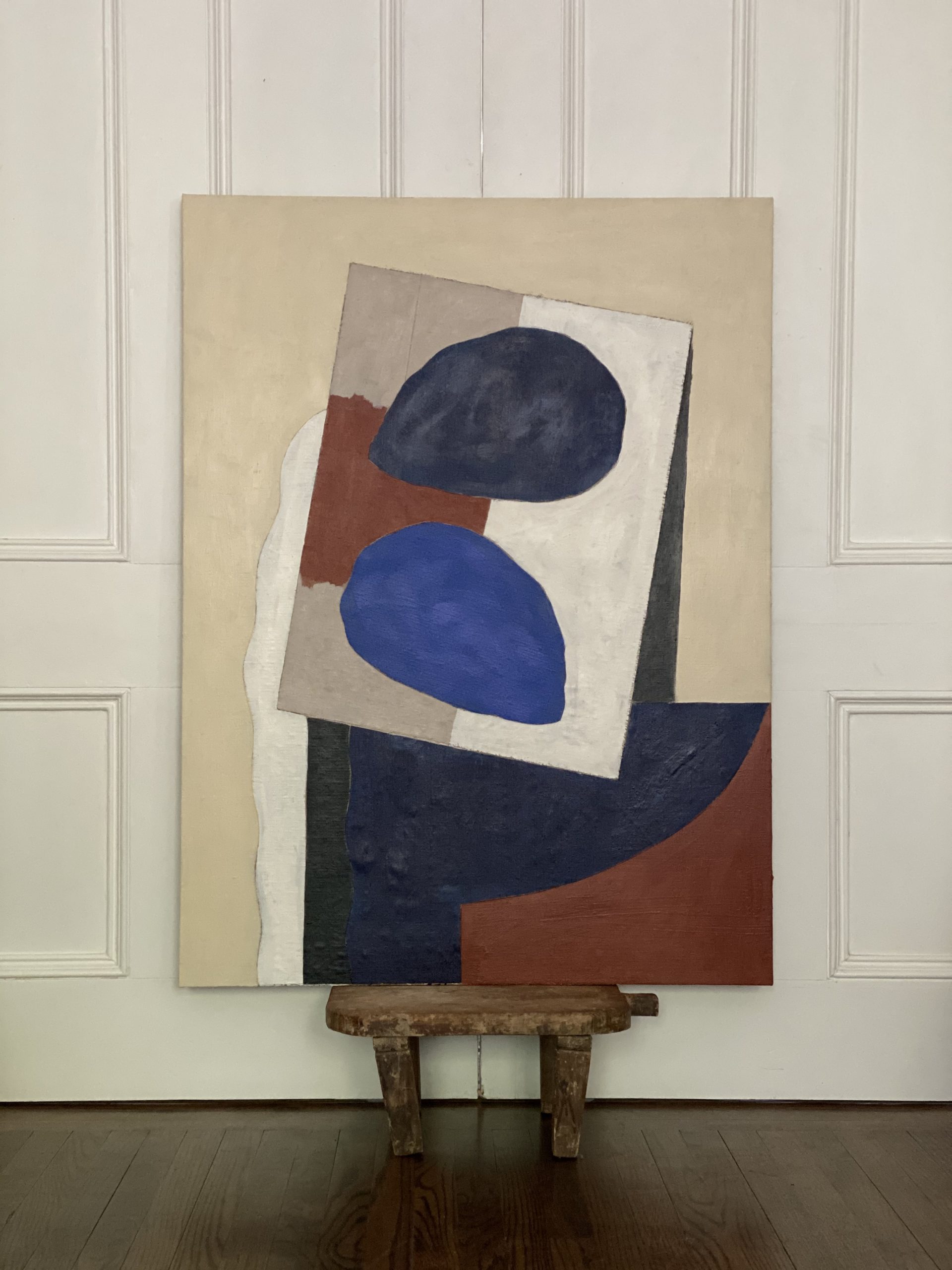
Life Still In Blue & Red
Courtesy of Wayne PatePate’s is the emboldening story of an artist’s steady evolution, sustaining his practice by following his curiosities and resisting the pigeonhole of any one chapter. Born in Dallas and raised in a suburb of the city, he was equal parts aesthete and athlete as a kid. After dropping out of high school, he followed the lead of a few New York-bound friends: Pate hopped on a Greyhound bus and, two and a half days later, started a whole new life in the city. An untrained artist, he learned Photoshop and Illustrator at an ad agency where he was only supposed to work for a few weeks—running errands, picking up coffee—and ended up staying for three years. After that, he freelanced making graphics for places like J. Crew, where he ended up on staff for a while. Pate also DJed in New York for many years, and wound up designing flyers and record sleeves for a few record labels.
-
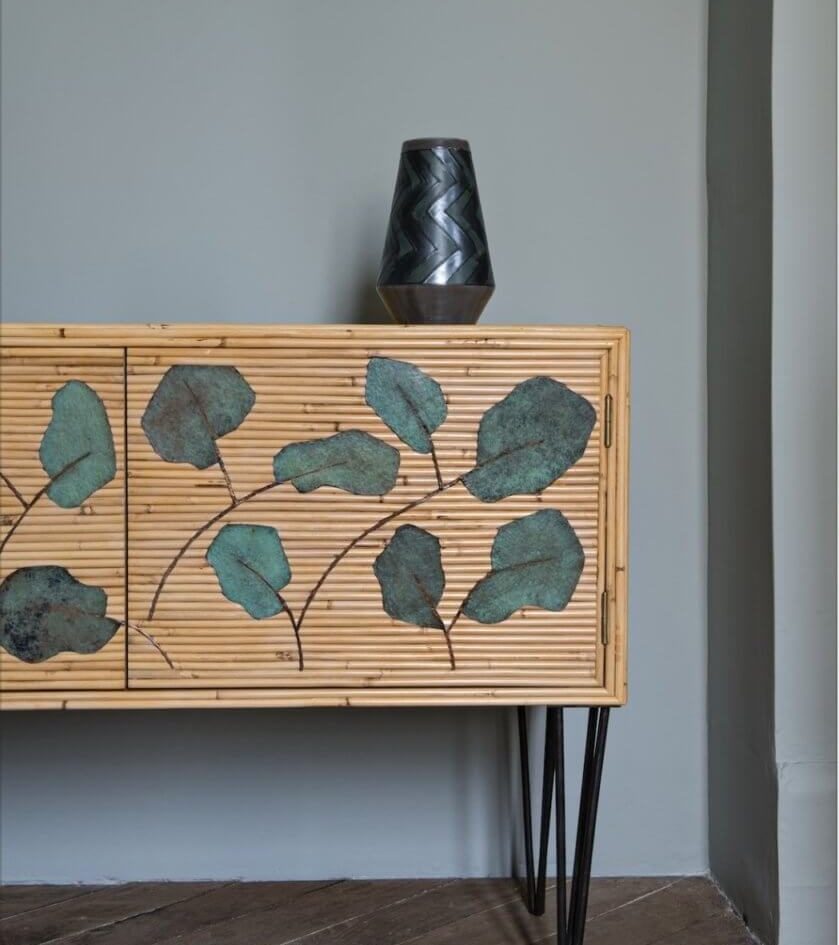
A rattan and hammered-copper cabinet Pate designed with Atelier Vime. ateliervime.com
-

The artist’s tile collection for Balineum. balineum.co.uk
Wayne Pate for Sarah Balineum
Around 2004, he embarked on his own, more or less by his own druthers: “I actually got fired from J. Crew because I was moonlighting, simultaneously operating a small streetwear brand,” he laughs. “I don’t think they were very happy with me using the color printer to print out my linesheets.” Around 2006, Pate launched his first online shop and started selling prints and personal work. It was the heyday of the “almighty blog,” and he credits Grace Bonney’s coverage of his work on her erstwhile site Design*Sponge as a major turning point, drumming up far-reaching interest and quickening the momentum of his career.
Pate’s work emerged as part of the zeitgeist of mid-2000s Brooklyn. At that time, he played around with flat, whimsical drawings of bearded, bateau-striped mermen named Jacques and seagulls who smoked pipes and wore fisherman beanies. He recalls a poster he made in reference to the Dillinger lyrics: “a knife, a fork, a vodka and a cork, that’s the way we spell New York.” Still, Pate felt the tug of his imagination. He shifted his focus from the boroughs, and turned to painting the historical statues, urns, and architecture of cities like Paris and Rome. A neighbor on his street in Brooklyn, initially from Marseille, would ask him, “Wayne, why are you always painting Europe, and Paris? Why don’t you draw Brooklyn?” He’d tell her, again and again, that this was the material that always gripped him—hardwired in him since he was a kid at the museum.
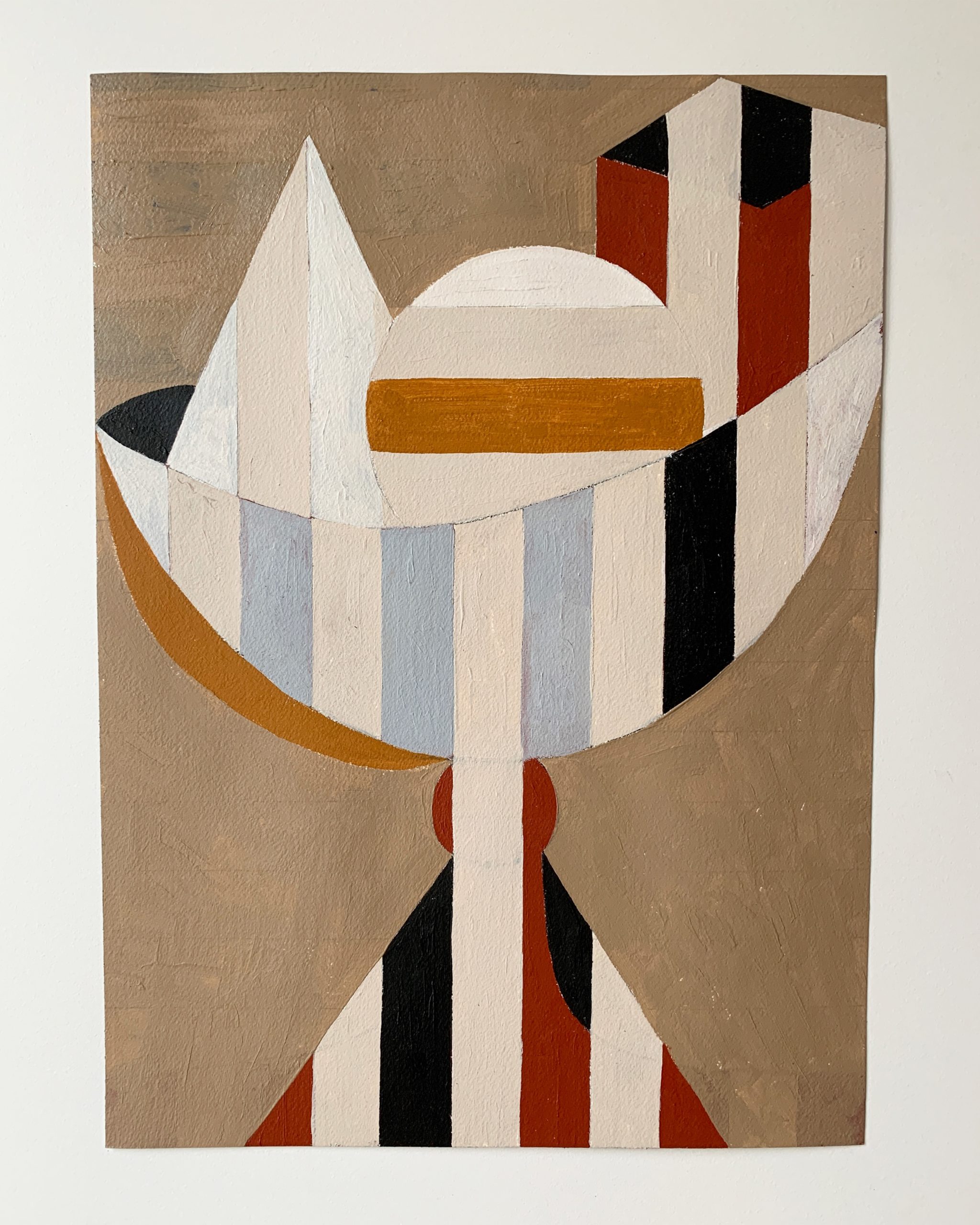
Pate’s color palette are a charming combination of old and new that give each piece a unique life.
Courtesy of Wayne PateWhen he eventually relocated to Paris, it lived up to the mythology (“a given,” Pate tells me) and, to his surprise, dissolved any apprehension he had brought over from his studio in New York. Living amidst all that history—and the Parisian emotion he feels pervades everything—granted Pate “this natural ability to not have to think twice. There was always something percolating in my head.”
Now, Pate’s settling into life in New Zealand for a few years with his wife, Rebecca Taylor, and their children. Working at the dining room table has been an element of consistency as his family has traveled over the past few years. From Brooklyn, to Paris, and now New Zealand, Pate paints at the dining room table by day, and clears it for family dinner at night. Opposing the idea that a pristine, white studio makes the work any better, Pate feels more comfortable working in his own environment.
Lately, he’s been studying the work of Elizabeth Peyton, an American painter best known for her compact portraits of celebrities and friends, and Ivon Hitchens, the late English painter of bright woodland landscapes. The temperament imbued in the work often draws him to certain artists: “I like to see and to know who they are emotionally, and see how that emotion dictates and drives what they end up producing.”
Pate’s been approaching his own work from a new angle, stripping everything away other than “the simple process of painting.” Walking me through the method, he explains: “I’m just working with what’s in front of me now—I’m not trying to be a technician anymore, I’m not trying to be a mathematician, I’m not trying to create the negative space.” Now, he creates a workspace on the page or canvas with a white border, and paints the composition directly without any guide or skeleton sketched ahead of time. “I’m in my head, figuring the distance of where this needs to begin and where it needs to end… It’s nerve wracking though. The other day I did a painting that was so intense, by the time I finished I was literally shaking.” And so Pate’s quest for emotional resonance continues, starting with his own trembling hands at the dining room table.
















